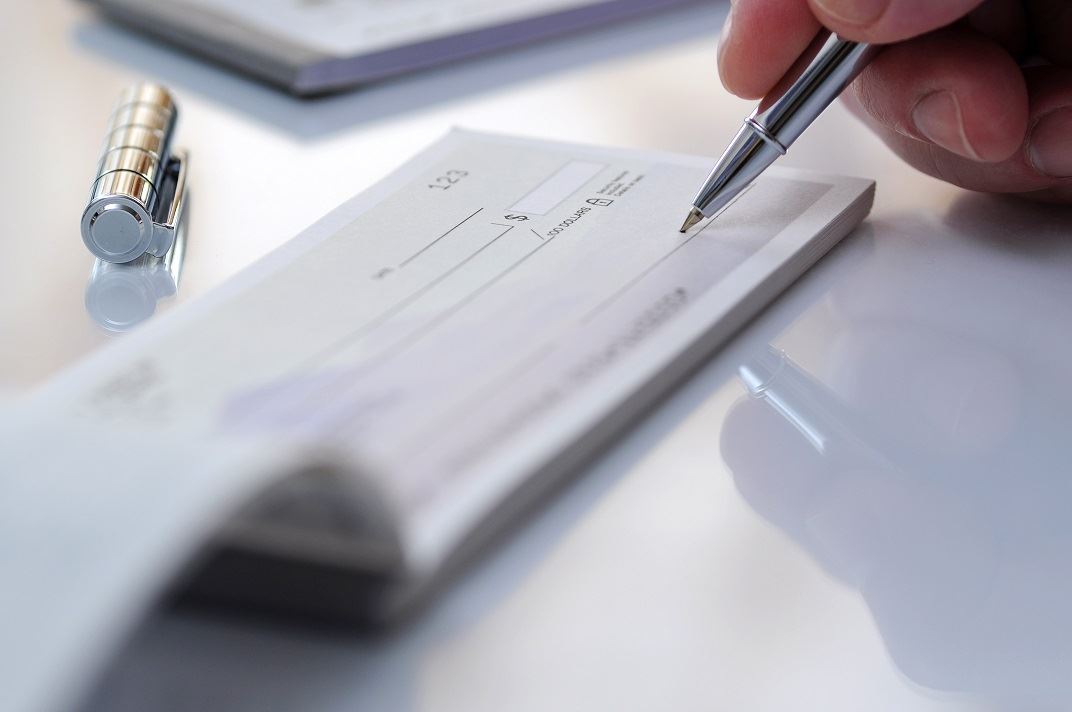
Balancing the Business Checkbook: Understanding Assets & Liabilities
If you’re a budding business owner and have asked yourself, “what is business capital?” you’re not alone. Understanding where your money goes is a critical aspect of ownership—but it can be difficult to grasp without the proper tools.
Fortunately, learning the business capital ropes is far from impossible, with plenty of resources available to help you grasp the fundamentals. In this guide, you’ll learn the differences between assets and liabilities, how to balance your business checkbook, and why business capital is one of your most important assets.
Table of Contents
What are assets?
Assets are resources of value that business owners hold—whether tangible property or funds in the bank. They help you to operate your business daily by creating products, helping to administer services, or assisting with paying business expenses.
The Small Business Administration classifies assets into three categories: tangible, intangible, and intellectual property.
Tangible assets
Tangible assets are physical business items that depreciate over time. Business equipment such as delivery vehicles, printers, fax machines, office furniture, and the like are tangible assets.
Intangible assets
Intangible assets are anything you can’t touch, like our brand’s reputation, inside network, support system, and other non-physical valuable business aspects.
While you cannot make money off of intangible assets, investors see the quality of your business reputation and public relations that adds value to your company.
Intellectual property
Intellectual property encompasses lawful assets such as trademarks, software, websites, domain names, and logos. Anything under this category has copyright and trademark.
What are liabilities?
Liabilities are debts that you owe to different creditors. Think of the business company’s electric bill or business credit card payment.
On a business balance sheet, you will see liabilities listed as:
- Interest payable
- Accounts payable
- Accrued expenses from operating the business (electric, water/sewage, wholesale costs, credit, card processing fees)
- Short-term or long-term business loans
Liabilities are either short-term or long-term, with the former taking a year or less to pay off and the latter extending for lengthier periods.
Shorter-term expenses are monthly electric bills or a smaller than average business loan. A longer-term cost could be the mortgage you are paying on your business building, which can take many years to pay off.
What is business capital?
Business capital encompasses the funds that help you operate your business daily. The four types of business capital are working capital, debt, equity, and trading capital.
As you learn more about business capital, learn about the estimated cost of starting a small business.
Working capital
Now that you have a better grasp on assets and liabilities, you can discover your current working capital to get a ballpark projection of your business’s assets.
You can set up a simple math equation to determine your working capital. Simply subtract your current liabilities from your total assets to discover the working capital and gain insight into your financial bounds for day-to-day expenses.
Debt
Debt is what your business owes to other companies. Your monthly utility bills and the invoices you receive from wholesalers are examples of debt.
Equity
Equity is how much your business is worth once you have paid off all your liabilities. Subtract liabilities from the total assets to uncover your equity.
Trading capital
Trading capital is the number of funds you have set aside to purchase securities. Hence, making investments can boost the value on your balance sheet.
Remember to balance your checkbook
As you work to finance your business, you must remember to balance your checkbook. Though it may be confusing initially, learning the ropes of capital can help boost daily operations and ensure you remain within budget.








